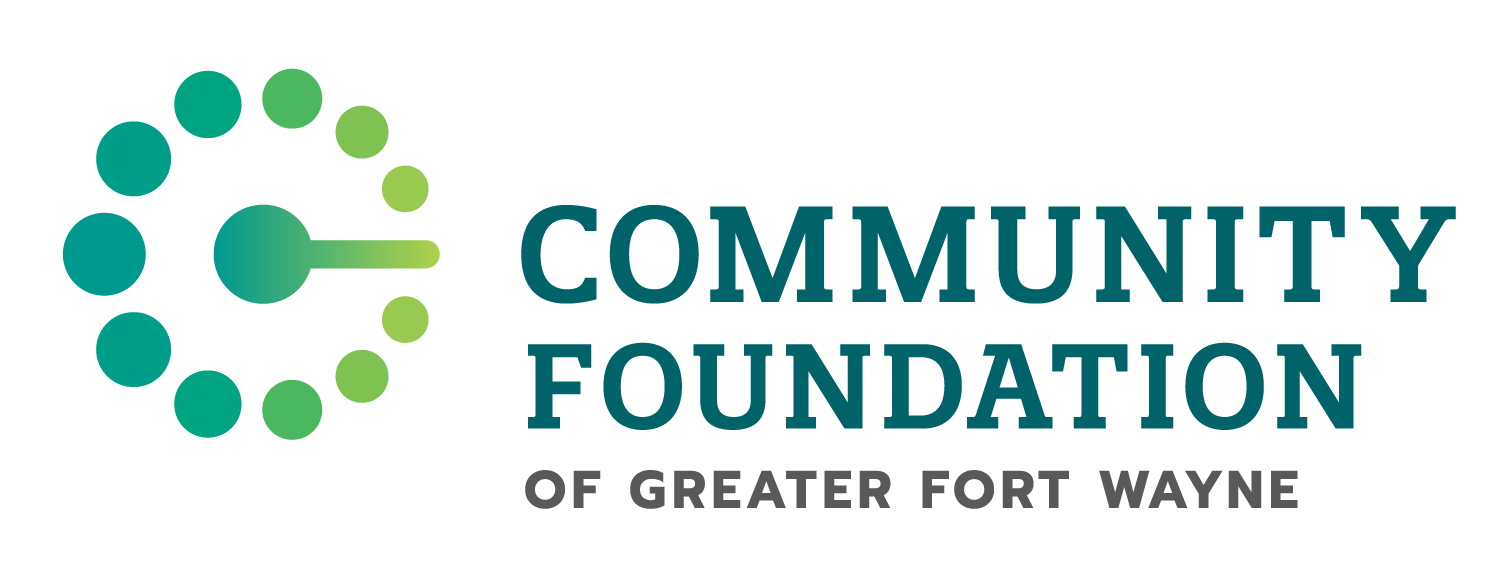Writing grant proposals doesn’t have to be a mystery. We have created tips on how to craft your grant proposals. As a general rule, good grant writing is simply good writing.
Getting Started
Research the foundation you plan on applying to.
Does your project/agency fit the funding priorities?
Will the foundation fund your type of organization (some will only fund 501c3 organizations however others may fund other types of charitable organizations)?
Do they require a letter of intent or a full application?
What are the deadlines?
Basics
While these basic do’s and don’t’s seem obvious, you would be surprised to learn how many of these things we see while reading grant proposals we receive. It’s important to make sure your grant proposal is easy to understand and read (remember – good grant writing is simply good writing!).
Do:
Write clearly and concisely
Be a good storyteller
Follow directions
Use the formatting recommended in the application instructions or use a standard font like Times New Roman in 12 point (remember, reviewers are reading lots of applications so make yours easy to read)
Have someone not familiar with the organization or program read the narrative
Support your plans with data or direct quotes
Don’t:
Use jargon or lots of acronyms
Have spelling errors
Use decorative fonts
Use the wrong funders name in the narrative
Anatomy of Grant Proposal
Some of the basic components of most grant applications include:
Summary
At the beginning of your proposal, or on a cover sheet, write a two- or three-sentence summary of the proposal. This summary helps the reader follow your argument in the proposal itself.
Organization Information
In two or three paragraphs, tell the funder about your organization and why it can be trusted to use funds effectively.
Briefly summarize your organization’s history.
State your mission, whom you serve, and your track record of achievement.
Clearly describe, or at least list, your programs. If your programs are many or complex, consider adding an organization chart or other attachments that explain them.
Describe your budget size, where you are located, and who runs the organization and does the work.
If other groups in your region work on the same issues, explain how they are different and how you collaborate with them if you do.
Even if you have received funds from this grantmaker before, your introduction should be complete.
Problem/Need/Situation Description
This is where you convince the funder that the issue you want to tackle is important and show that your organization is an expert on the issue.
Don’t assume the funder knows much about your subject area. Most grantmaking staff people are generalists.
Why is this situation important? To whom did your organization talk, or what research did you do, to learn about the issue and decide how to tackle it?
Describe the situation in both factual and human interest terms, if possible. Providing good data demonstrates that your organization is an expert in the field.
Describe your issue in as local a context as possible.
Don’t describe the problem as the absence of your project. “We don’t have enough beds in our battered women’s shelter” is not the problem. The problem is increased levels of domestic violence. More shelter beds is a solution.
Work Plan/Specific Activities
Explain what your organization plans to do about the problem. What are your overall goals?
Who is the target audience, and how will you involve them in the activity? How many people do you intend to serve?
What are you going to do? Describe the activities. Tell the funder about the project’s “output,” or how many “units of service” you intend to deliver over a specific period.
What project planning has already taken place?
Who is going to do the work and what are their credentials?
When and where will the project take place?
Outcomes/Impact of Activities
Tell the funder what impact your project will have — what will change about the situation as a result of your project.
The impact of a project is sometimes hard to define and can be difficult to measure.
To add to the difficulty, few nonprofits can prove conclusively that a given impact was caused directly by their project.
Other Funding
Here the funder wants to know if other organizations have committed funds to the project or been asked to do so.
Funders generally expect you to ask for support from more than one source.
In this section, you can also describe the in-kind contributions (goods or services instead of cash) that people are giving to the project.
Future Funding
If you continue this project in the future, how will it be supported? Most funders don’t want to support the same set of projects forever.
The funder wants to see is that you have a long-term vision and funding plan for the project, that the project is “sustainable,” especially if it is a new activity.
Evaluation
How will you know whether you achieved the desired impacts?
Explain who will gather the evaluation information and how you will use it.
Be sure your evaluation plan is achievable given your resources. If the evaluation will cost money, be sure to put that cost in the project budget.
Budget
How much will the project cost? Attach a one- or two-page budget showing expected expenses and income for the project.
Or use the budget format provided by the funder.
Supplementary Materials
Funders may ask for a variety of materials along with the proposal itself such as:
Listing of Board of Directors
Financials for the most recently completed fiscal year-end like an audit
Form 990 most recently completed
What happens if I don’t get funded?
Many times the reason a grant application will not be funded is because there is not enough money to fund all of the grant applications.
Sources for More Infomation
Grant writing for beginners http://www.nonprofitcopywriter.com/grant-writing-for-beginners.html
Effective grant-writing techniques:
https://www.neefusa.org/7-tips-writing-effective-grant-proposal
https://www.thebalancesmb.com/how-to-write-a-grant-proposal-2501980


